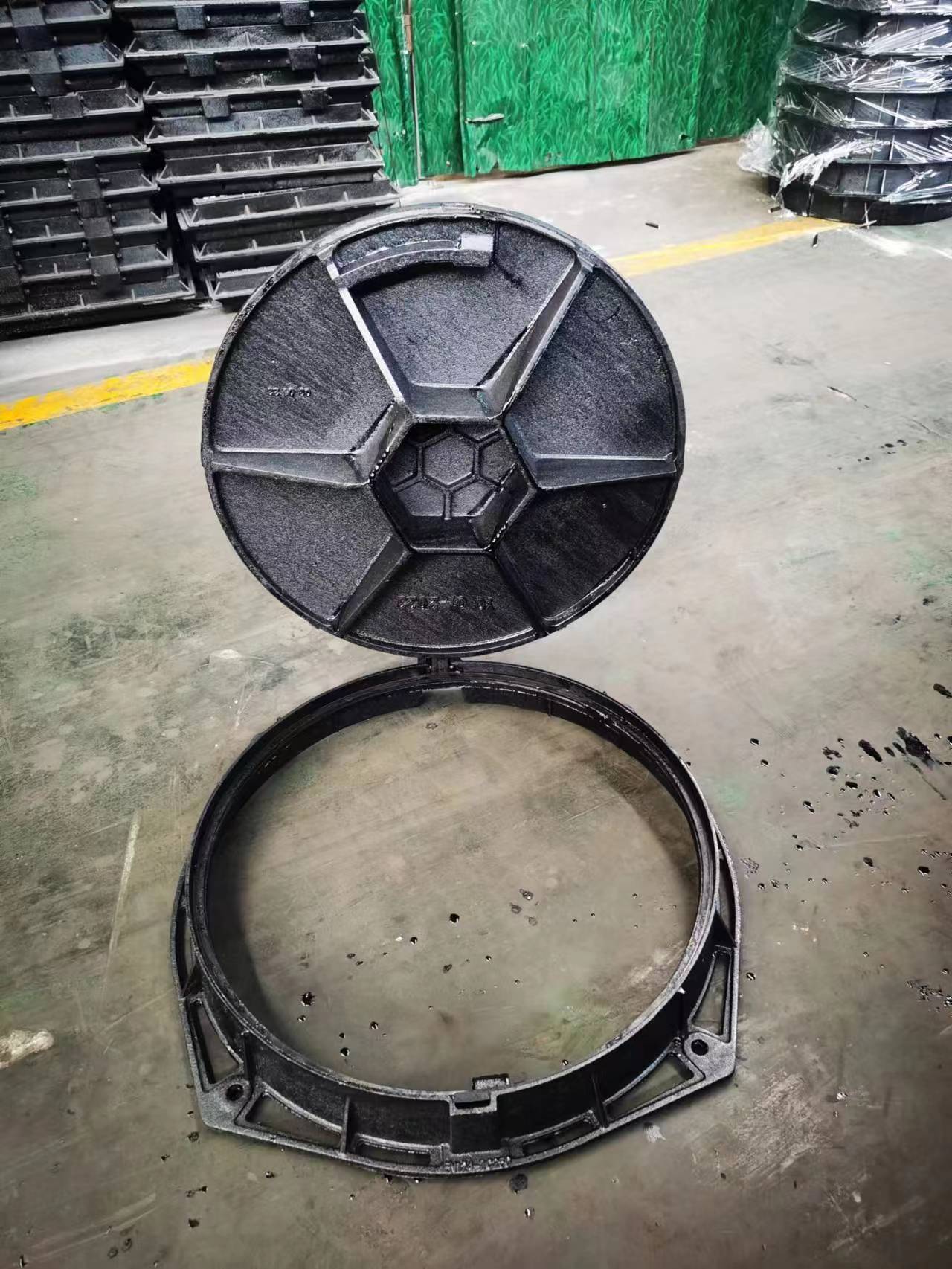lever operated butterfly valve
Lever Operated Butterfly Valve An Overview
Butterfly valves are a type of quarter-turn valve that are widely used in various industrial applications for controlling the flow of fluids. The lever operated butterfly valve is particularly notable for its simplicity, efficiency, and ease of use. It combines the functionality of a butterfly valve with the manual control offered by a lever actuating mechanism, making it a versatile choice for a range of settings.
Construction and Mechanism
A typical lever operated butterfly valve consists of a disc, a body, a shaft, and a lever. The disc is mounted on a shaft that is positioned at the center of the valve body. When the valve is in the closed position, the disc is positioned perpendicular to the flow of the fluid, effectively preventing flow. Conversely, when the lever is turned, the disc rotates to a parallel position, allowing fluid to pass through with minimal resistance.
The lever itself is attached to the shaft of the valve, allowing the user to manually control the position of the disc. This manual operation is straightforward and intuitive, providing an immediate visual indication of the valve's status. The lever can be locked in place to ensure that the valve remains in the desired position, which is particularly important in applications where flow control is critical.
Advantages of Lever Operated Butterfly Valves
One of the primary benefits of lever operated butterfly valves is their ease of use. Operators can quickly and easily adjust the flow without the need for complex automated systems or electrical actuators. This feature is particularly advantageous in situations where immediate response to changing flow conditions is necessary, such as in firefighting systems or emergency shutdown applications.
lever operated butterfly valve

Additionally, lever operated butterfly valves tend to be more compact and lightweight compared to other types of valves, making them easier to install and maintain. Their simple design also results in fewer moving parts, which can be a factor in reducing the likelihood of mechanical failure. Moreover, the use of a butterfly design enables these valves to perform well in both high and low-pressure applications.
Applications
Lever operated butterfly valves are used in a multitude of industries, including water treatment, food and beverage processing, chemical manufacturing, and HVAC systems. In water treatment facilities, these valves allow for precise control over the flow of liquids, ensuring that processes can be executed smoothly and efficiently. In the food and beverage sector, where sanitary conditions are paramount, these valves can be constructed from stainless steel and designed for easy cleaning and maintenance.
In addition to these applications, lever operated butterfly valves are also employed in agricultural systems for irrigation control and in power generation plants where they manage steam and water flow.
Conclusion
In summary, lever operated butterfly valves offer a reliable and efficient solution for flow control in various industrial applications. Their simple design, ease of operation, and versatility make them an excellent choice for many users who require quick access and control over their fluid systems. As industries continue to evolve, the demand for effective and user-friendly valve solutions like the lever operated butterfly valve is likely to grow, ensuring that they remain a vital component of modern fluid management systems.
-
The Smarter Choice for Pedestrian AreasNewsJun.30,2025
-
The Gold Standard in Round Drain CoversNewsJun.30,2025
-
The Gold Standard in Manhole Cover SystemsNewsJun.30,2025
-
Superior Drainage Solutions with Premium Gully GratesNewsJun.30,2025
-
Superior Drainage Solutions for Global InfrastructureNewsJun.30,2025
-
Square Manhole Solutions for Modern InfrastructureNewsJun.30,2025
-
Premium Manhole Covers for Modern InfrastructureNewsJun.30,2025
